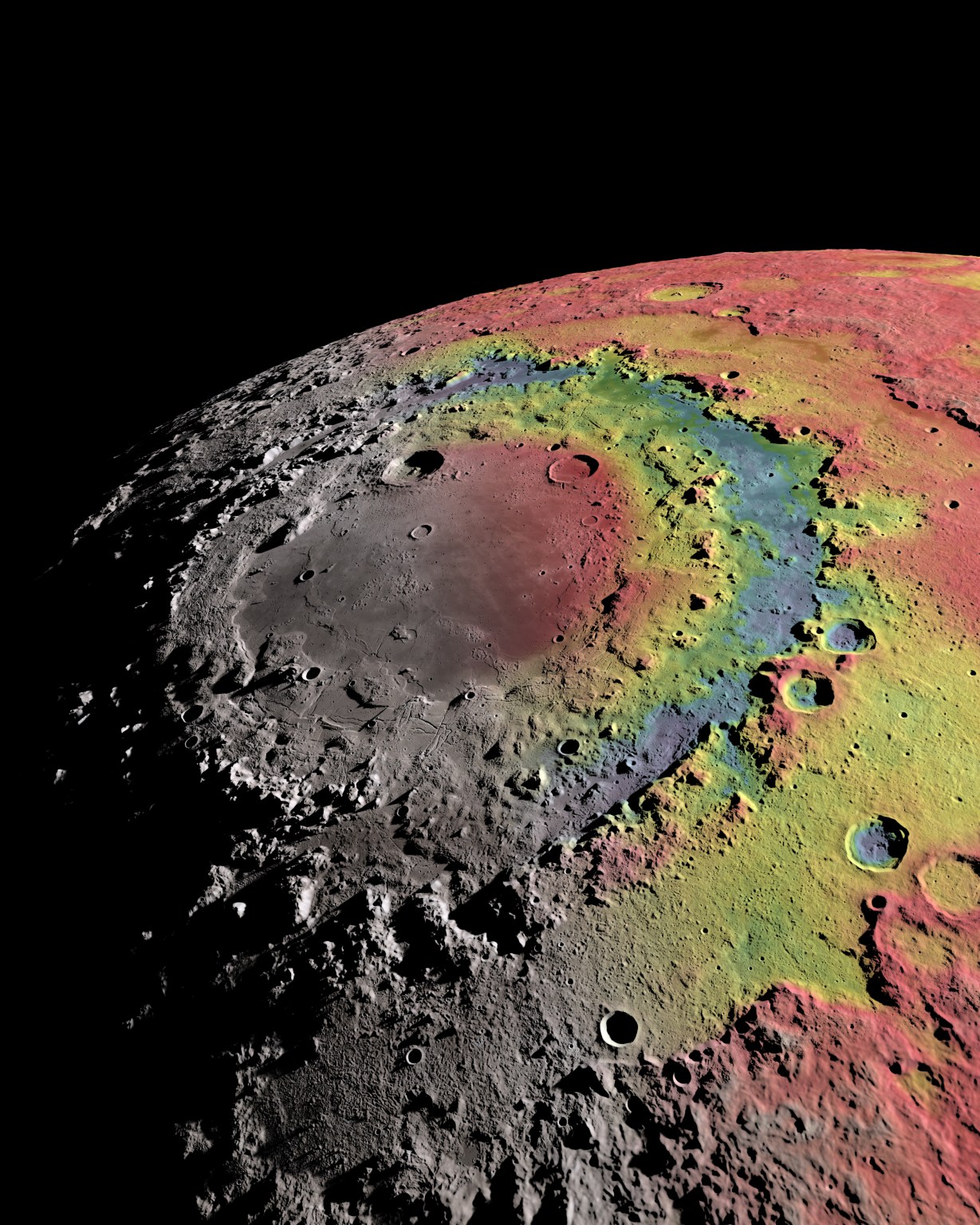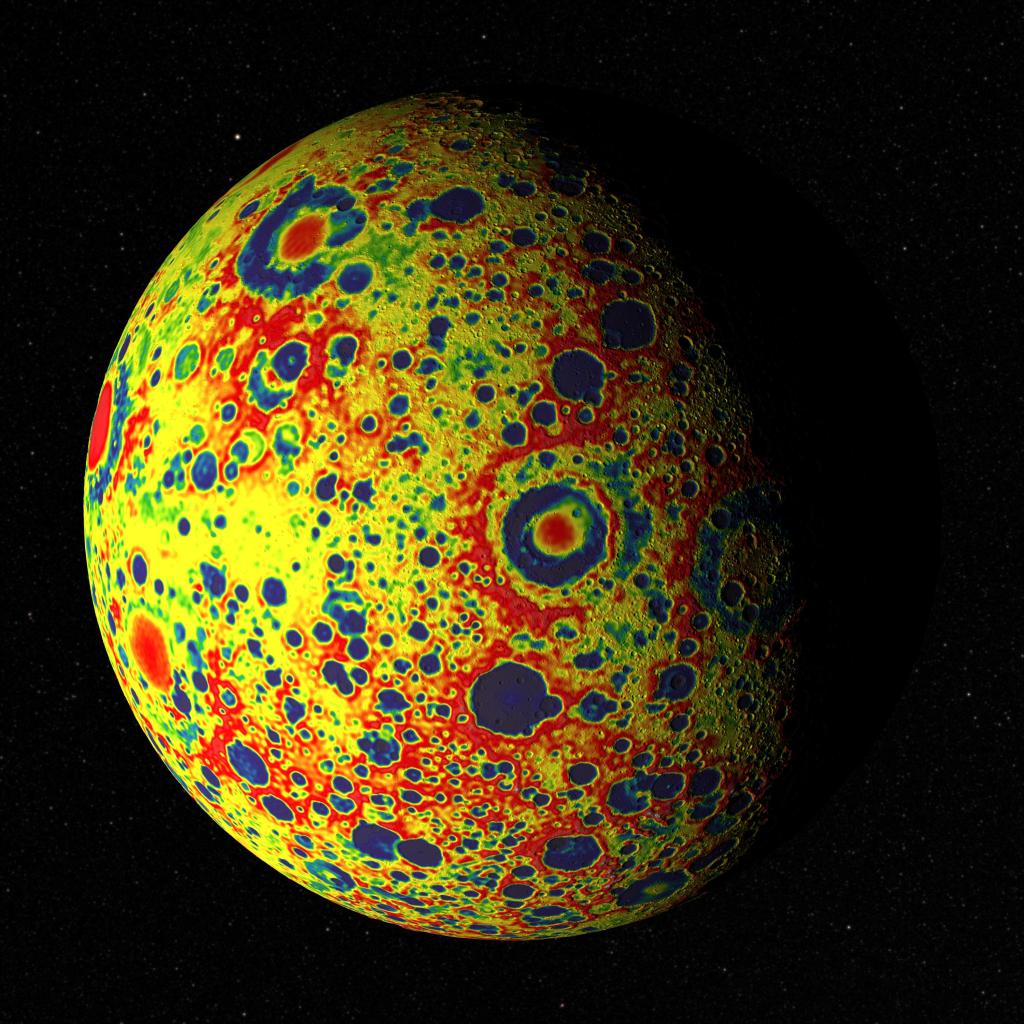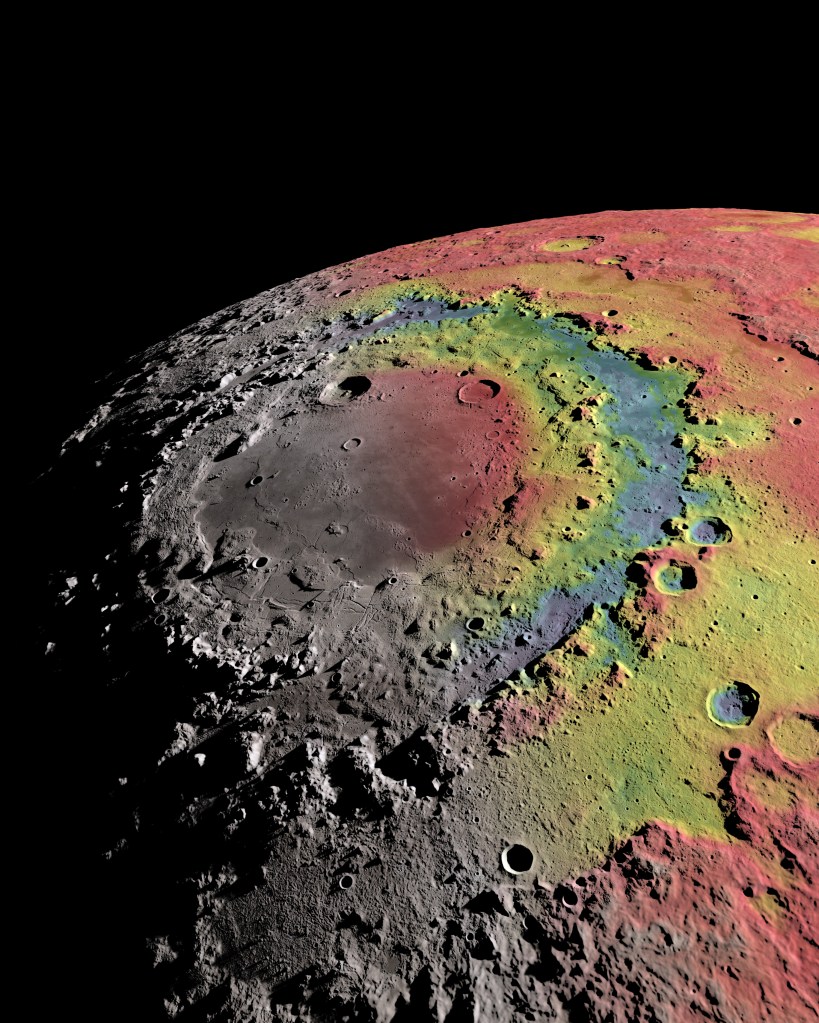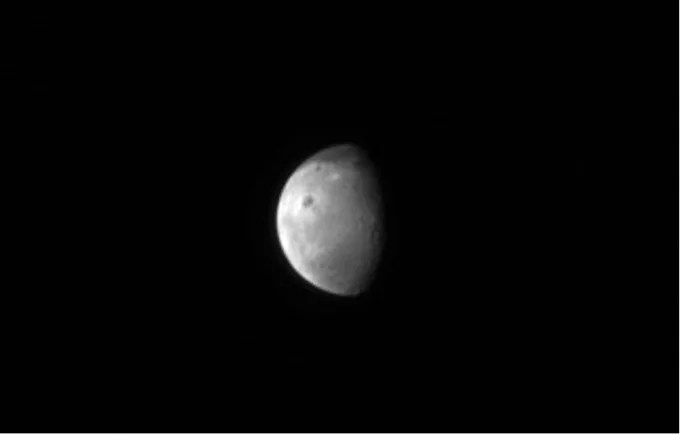
Physical Sciences on the Moon
The unique gravitational properties of the Moon will inform efforts to study and inhabit its environment.
Based on studies conducted on the International Space Station and Earth-based drop towers, it is known that microgravity has profound effects on behavior and properties of different physical systems. Also, these models predict that these behavior and properties of these systems will be different from those observed in microgravity when in lunar gravity on the Moon. For example, data reveal that most materials are more flammable in lunar gravity, but we do not currently know the changes in these limits for most materials that will be used in an exploration environment. Lunar gravity allows investigators to test different physical system models for combustion, fluid physics, and materials to validate the models or to develop new ones associated with partial lunar gravity. Also, important knowledge gaps exist that are associated with the behavior and properties of physical systems on the Moon that are key to the development of effective technologies and processes for in situ resource utilization, on-Moon manufacturing, and regenerative and self-sustaining habitat environments.
Fundamental Physics
Both the low gravity environment of the Moon and its distance from Earth enable studies in areas of quantum physics and General Relativity. As such, investigations on the lunar surface and in lunar orbit will advance basic knowledge of the fundamental laws of physics and test decades old theories. Studies of soft matter properties and behavior of regolith and lunar dust in lunar gravity will provide new scientific insight that should advance knowledge associated with the geochemistry and geophysics of the Moon. The placement of sensors and instruments on the Moon alone or in combination with lunar landers will allow scientists to conduct experiments that study surface-plume interactions, plasma interaction with regolith and its dust, and compression properties of the regolith due to the weight of the landers. The data and models derived from these soft matter studies may be used in combination with physical sciences data to advance innovative technologies and processes for in situ resource utilization, manufacturing, and regenerative and self-sustaining habitat environments.































